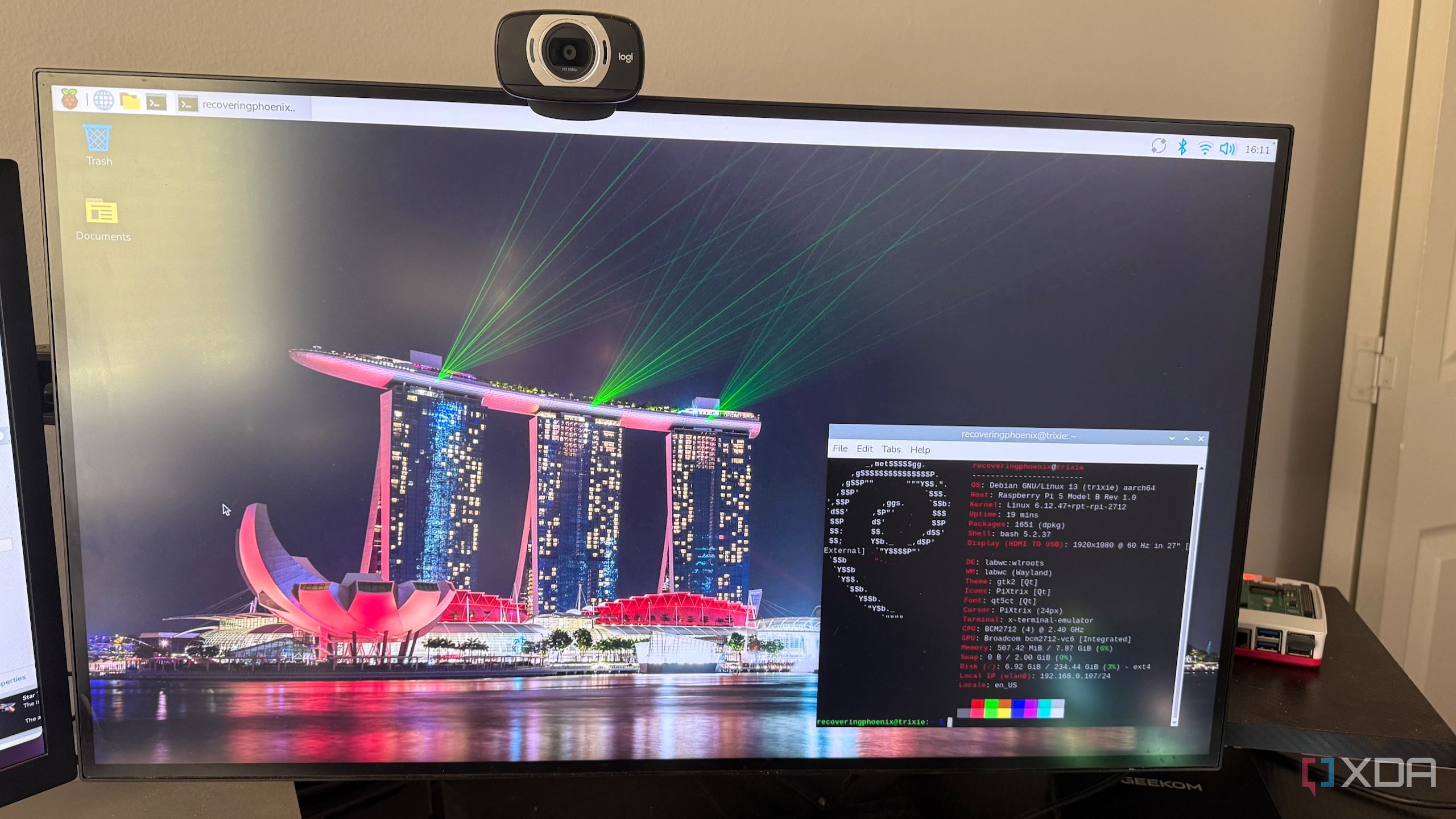Top Stories
Major Shift in Software Licensing: Transparency vs. True Openness

URGENT UPDATE: A significant debate is unfolding in the software industry as major companies redefine what “open” truly means. New reports highlight the growing confusion between open-source and source-available software, raising critical questions about user freedoms and community trust.
As of July 2023, tech giants like Meta and Elastic are under fire for marketing their products as “open” while imposing restrictive licenses. This shift not only affects developers but also impacts countless users who rely on the freedom of truly open-source software.
The heart of the issue lies in the difference between transparency and actual freedom. While open-source software allows users to modify and redistribute code freely under licenses like the GNU General Public License (GPL), source-available software often restricts these rights, leaving users dependent on the original creators.
This confusion has real-world implications. For instance, Meta’s Llama large language model was released with a license that prohibits commercial use, disqualifying it from being classified as open-source despite widespread references as such. Similarly, Elastic’s switch from an open-source license to a more restrictive source-available model has sparked intense debate on the sustainability of open projects.
The consequences of this blurring of lines are severe. Users expecting flexibility and collaboration find themselves facing unexpected barriers when trying to contribute or self-host. Every time a company mislabels restricted code as open-source, it erodes the credibility of genuine open initiatives, leading to fewer contributors and less innovation in the long run.
Industry experts warn that as more companies adopt source-available licenses, the very essence of the open-source movement is at risk. The need for clarity in licensing has never been more urgent. Developers and users alike must be vigilant in distinguishing between true open-source projects and those merely presenting an illusion of openness.
To safeguard their interests, users are encouraged to check the licensing agreements of software they use. OSI-approved licenses like GPLv3, MIT, or Apache 2.0 ensure the freedoms that define open-source software. If a license includes restrictions on commercial use or derivative works, it likely falls into the source-available category.
The call for transparency is clear: the software community must uphold the principles of open-source to maintain its collaborative spirit. Supporting genuine open-source projects promotes shared progress, while opting for source-available software may favor a single organization.
As this urgent conversation continues, both users and developers must navigate this evolving landscape carefully. The distinction between open-source and source-available software is vital for preserving the freedoms that have driven innovation and collaboration in the tech industry.
Stay tuned for further developments on this crucial issue that affects everyone in the software community.
-

 Science1 week ago
Science1 week agoResearchers Challenge 200-Year-Old Physics Principle with Atomic Engines
-

 Politics1 week ago
Politics1 week agoNHP Foundation Secures Land for 158 Affordable Apartments in Denver
-

 Health1 week ago
Health1 week agoNeuroscientist Advocates for Flag Football Until Age 14
-

 Lifestyle1 week ago
Lifestyle1 week agoLongtime Friends Face Heartbreak After Loss and Isolation
-

 Health1 week ago
Health1 week agoFDA Launches Fast-Track Review for Nine Innovative Therapies
-

 World1 week ago
World1 week agoTroops to Enjoy Buffalo Chicken, Thai Curry in 2026 MREs
-

 Business1 week ago
Business1 week agoMaine Housing Inventory Surges to Post-Pandemic High
-

 Top Stories1 week ago
Top Stories1 week agoUnforgettable Moments: The Best Victoria’s Secret Performances
-

 Politics1 week ago
Politics1 week agoIsraeli Air Strikes in Lebanon Kill One, Wound Seven Amid Tensions
-

 World1 week ago
World1 week agoGlobal Military Spending: Air Forces Ranked by Budget and Capability
-

 Politics1 week ago
Politics1 week agoMassachusetts Lawmakers Resist Audit After Voter Mandate
-

 Business1 week ago
Business1 week agoSpirit Airlines Cuts Workforce with Furloughs for 365 Pilots









